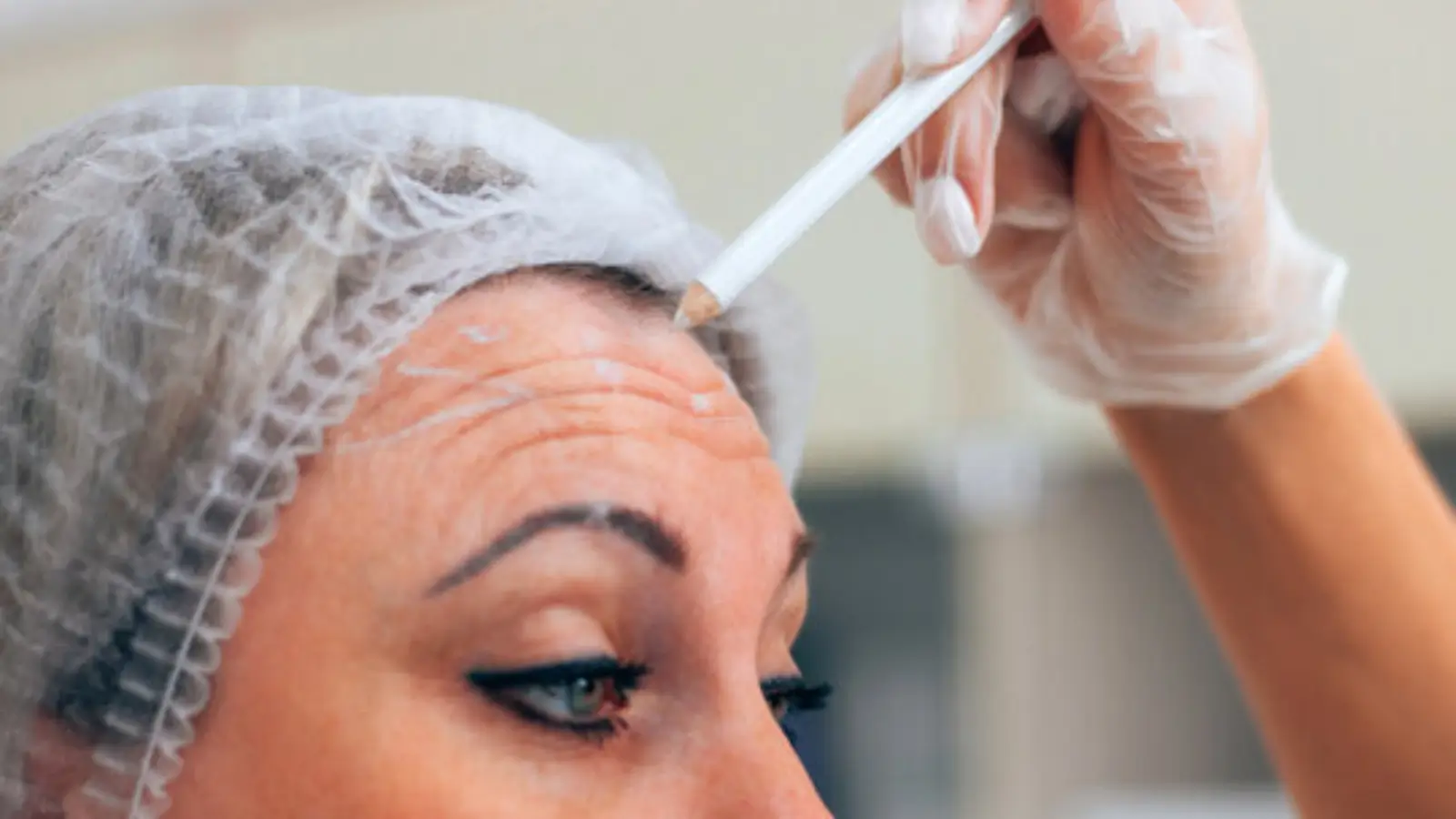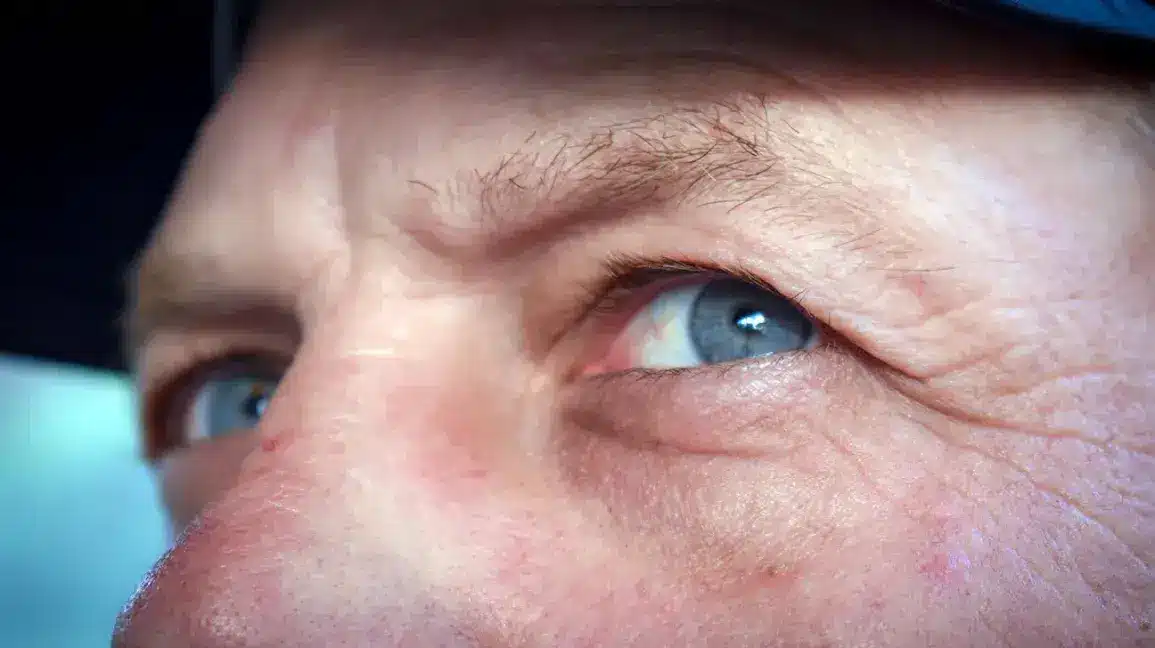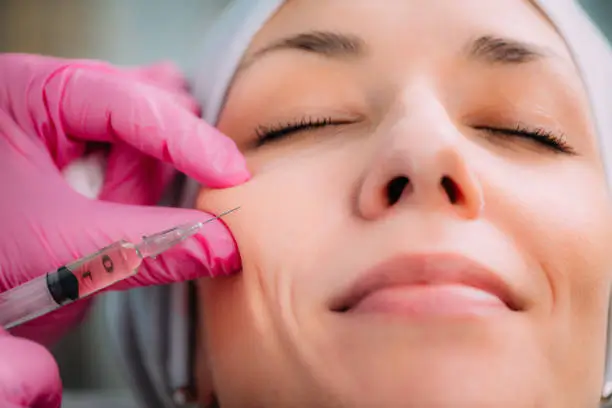
Precise injection sites are crucial in aesthetic procedures. Accurate placement of injectable treatments like botulinum toxin can significantly affect both safety and treatment outcomes, especially when targeting areas like the glabella, forehead, and crow’s feet. Poor injection technique or improper site selection increases the risk of complications such as asymmetry or unintended muscle paralysis.
With this in mind, injectable neurotoxins like Innotox require careful handling. As a ready-to-use formulation of botulinum toxin type A, Innotox is gaining traction among practitioners for its convenience and consistent performance across various facial zones.
In this article, we’ll list the most common Innotox injection sites, explain how each area is treated, and discuss tips for safe and practical application.
Key Takeaways
- Innotox is a pre-mixed liquid formulation of botulinum toxin type A, providing a convenient and consistent option for both aesthetic and therapeutic injections.
- Injection sites for Innotox are carefully selected based on anatomical zones, with common areas including the upper face (glabella, forehead, crow’s feet), mid and lower face (bunny lines, perioral, chin dimpling), and non-facial zones (masseter, platysmal bands, axillary hyperhidrosis).
- Precision in injection technique is crucial to ensuring effective and safe outcomes, with proper depth and site selection being essential to prevent complications such as muscle paralysis or asymmetry.
- The dosage range for Innotox varies depending on the treatment area, with recommended doses of 10–25 units for the glabella and 50 units per axilla for hyperhidrosis.
- Innotox offers a high level of versatility in both aesthetic treatments (such as wrinkle reduction and facial rejuvenation) and therapeutic applications (like masseter hypertrophy and hyperhidrosis), with the potential to become an essential tool in neuromodulator therapies.
About: Doctor Medica is your trusted supplier of top-quality dermal fillers, viscosupplements, and more for your medical practice. We offer genuine products from leading brands at the lowest prices in the market. If you’re looking to order Innotox online for your practice, contact Doctor Medica today.
Innotox Injection Sites: Upper Face Zones

When it comes to facial aesthetics, the upper face is often the first area to show signs of aging. Lines between the brows, on the forehead, and around the eyes can create a tired or stressed appearance, making Innotox a valuable option for rejuvenation. With its pre-mixed liquid formulation, Innotox offers a smooth and efficient solution when injected correctly, enhancing the facial expression while maintaining natural movement.
| Area | Points & Units | Technique & Notes |
| Glabella | 4–5 points, 10–25 units | Target the corrugator supercilii and procerus muscles with perpendicular, intramuscular injections. Use 2–5 units per site. Be precise as superficial injections can lead to toxin diffusion, affecting the brow or eyelid. |
| Forehead | 4–6 points, 8–20 units | Inject the frontalis muscle using a shallow, superficial intramuscular technique. Spacing of 1.5 cm above the brow line helps avoid brow heaviness or unnatural freezing. |
| Crow’s Feet | 3 points per side, 10–15 units each | Treat the outer portion of the orbicularis oculi with superficial injections at a 30–45° angle. Inject starting just outside the lateral canthus and fan outward. Avoid injecting too close to the eye to prevent eyelid closure issues. |
The upper face is highly expressive, and these injection sites are common targets for neuromodulators. However, they also carry the highest risk for aesthetic imbalance if not handled with anatomical precision. By respecting the location of delicate facial muscles, clinicians can provide refreshed, youthful results without compromising natural movement.
Innotox Injection Sites: Mid and Lower Face

While the upper face often gets the most attention in aesthetic treatments, the mid and lower face play equally essential roles in youthful and balanced expressions. From bunny lines that crinkle at the nose to chin dimpling and downturned mouth corners, this area is rich in complex muscle movements. Innotox’s smooth formulation is effective in addressing these signs of aging.
| Area | Points & Units | Technique & Notes |
| Bunny Lines (Nasal) | 2–3 points, 5–10 units total | Target the nasalis muscle along the bridge of the nose, just lateral to the midline. Use shallow intramuscular injections to smooth creases that appear during scrunching or expressive movements. Avoid injecting too close to the eyes. |
| Perioral & DAO | 4–6 units total, 1–2 points per side | Treat the depressor anguli oris just below each corner of the mouth. Administer small intramuscular doses to lift the mouth’s angle and soften frown-like expressions. Be cautious to avoid diffusion that could affect smile control. |
| Chin Dimpling | 2–4 points in the mentalis, 4–10 units total | Inject intramuscularly into the mentalis muscle, aiming to reduce chin wrinkling and pebbled texture. Start with the lowest dose and avoid over-injection to preserve lower facial dynamics such as speech and chewing. |
Treating the mid and lower face with Innotox involves balancing relaxation and retention of natural movement. These muscles are critical for expressions like smiling, speaking, and chewing, so the goal is subtle enhancement, not complete paralysis. Always map the patient’s facial symmetry before injecting, and adjust units accordingly based on muscle strength and individual response.
Innotox Therapeutic and Non-Facial Zones
While Innotox is most often associated with cosmetic facial enhancement, its utility extends far beyond wrinkle reduction. This neurotoxin has shown promise in addressing therapeutic concerns such as masseter hypertrophy, platysmal banding, and axillary hyperhidrosis. Although Innotox FDA approval is still in process, it is approved and used in other countries for both aesthetic and therapeutic purposes.
| Area | Units & Points | Technique & Notes |
| Masseter (Hypertrophy) | 25–50 units per side, 2–3 deep points | Target the masseter muscle to slim the jawline or alleviate teeth grinding (bruxism). Use deep intramuscular injections into the muscle belly. Avoid medial placement near the risorius muscle to prevent asymmetrical expressions. |
| Platysmal Bands | 10–20 units per band, 3–5 shallow points | Inject the visible vertical bands of the neck at multiple superficial sites along the strap-like muscles. Align injections with natural tension lines. Stay superficial to avoid diffusion to deeper structures like the larynx or sternocleidomastoid (SCM). |
| Axillary Hyperhidrosis | 50 units per axilla, grid intradermal | Administer intradermally in a 1 cm grid across the underarm, mimicking the FDA-approved Botox protocol for excessive sweating. Ensure even spacing and dosage for uniform suppression of sweat glands. |
These off-face zones highlight the versatility of botulinum toxin when applied with anatomical precision. In the case of Innotox, clinicians often adopt similar protocols used for FDA-cleared products like Botox, especially in the treatment of hyperhidrosis and hypertrophy.
Innotox Injection Techniques and Dosage Ranges
In Innotox treatments, the use of 30–32G needles enables controlled, minimally invasive delivery. The depth of injection varies depending on the zone: superficial intramuscular injections are best suited for forehead and perioral lines. In contrast, deeper injections are necessary for bulkier muscles, such as the masseter.
It is essential to maintain symmetry across both sides of the face to ensure a balanced appearance, reducing the risk of facial imbalance or overcorrection. Innotox dosage should be tailored to each patient’s muscle strength, age, gender, and history with neuromodulators. This individualized approach enhances both results and safety.
Precision in selecting injection sites, controlling depth, and adjusting units is vital. Combining anatomical knowledge with consistent technique helps practitioners deliver predictable outcomes while avoiding complications like diffusion or under-treatment.
Anatomical Landmarks and Safety with Innotox Injections
Accurate mapping and safety-conscious techniques are non-negotiable when performing Innotox injections. These measures not only enhance the aesthetic outcome but also significantly reduce the risk of complications such as ptosis, bruising, or unintended muscle paralysis.
- Clinicians must take extra care to avoid critical anatomical zones, particularly the levator palpebrae superioris beneath the brow, the depressor anguli oris near the mouth corners, and the zygomatic complex.
- Pre-marking injection sites enables greater consistency and precision, particularly in high-risk or asymmetrical areas. Aspiration should be employed when working in vascular-rich zones, such as the masseter region or underarms, to prevent accidental intravascular injection. A deep understanding of facial and non-facial anatomy, along with the potential diffusion patterns of the product, ensures safe and targeted results.
Conclusion
Understanding Innotox injection sites is essential for both safe and effective aesthetic and therapeutic practice. From refined facial zones to functional body areas, each injection requires care to preserve natural movement and appearance.
By combining Innotox techniques with in-depth knowledge of anatomical risks and dosing nuances, clinicians can ensure predictable and satisfying outcomes while avoiding complications.
FAQs
1. Is Innotox FDA-approved?
Currently, Innotox remains under review. It is not FDA-approved, so practitioners should use approved products in regulated regions.
2. What needle should I use?
Use a 30–32G needle for precise, minimally invasive injections across all treatment zones.
3. How many points for glabellar lines?
Typically 4–5 intramuscular injections, placing 10–25 units based on muscle density.
4. Can Innotox treat hyperhidrosis?
Yes—50 units per axilla delivered in a grid-like intradermal pattern is effective, similar to the Botox protocol.
References
Beeson W, Tang J, Croix J, Sattler G, Hanke C. Anatomical Considerations for Injectable Fillers in the Face: How to Reduce Complications and Optimize Aesthetic Results. J Drugs Dermatol. 2022;21(4):354-362. doi:10.36849/JDD.6642
Sundaram H, Signorini M, Liew S, et al. Global aesthetics consensus: botulinum toxin type A—evidence-based review, emerging concepts, and consensus recommendations for aesthetic use, including updates on complications. Plast Reconstr Surg. 2016;137(3):518e-529e.
Zargaran D, Zoller F, Zargaran A, et al. Complications of Cosmetic Botulinum toxin A injections to the upper Face: A Systematic Review and Meta-Analysis. Aesthetic Surgery Journal. 2022;42(5):NP327-NP336. doi:10.1093/asj/sjac036
Related Articles
Joanna Carr
Behind Hyacorp Filler: Understanding its Safety and Efficacy
Explore the safety and efficacy of Hyacorp filler. Learn more about its benefits and applications at Doctor Medica.
Joanna Carr
Juvederm vs. Botox: What’s The Difference?
Interested in learning more about Juvederm vs. Botox, What’s The Difference? Browse Doctor Medica's comprehensive archive of blog posts.
Joanna Carr
Radiesse Cheekbones – Lift and Sculpt
Clinical data supports the efficacy of Radiesse for cheek enhancement, showcasing long-term results and high patient satisfaction rates.


